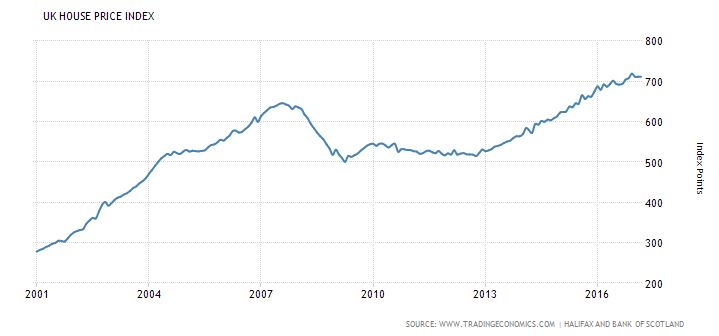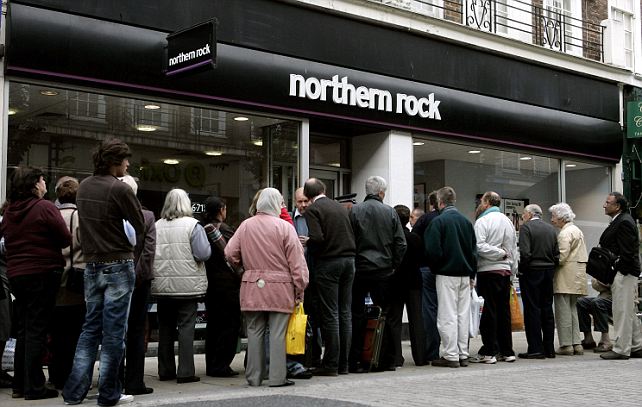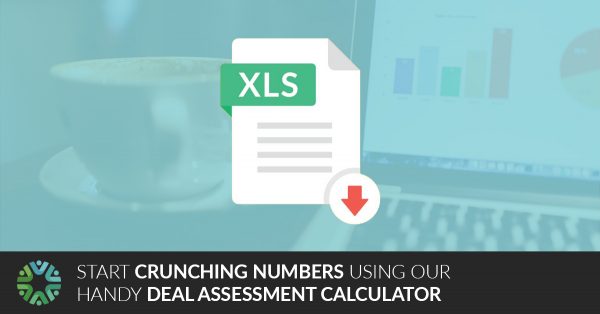If you want to know how to invest in property safely and effectively for the long-term, then you need be actively minimising risks from the outset.
It isn’t rocket science however it does require a good understanding of how the property market works as well as being on good terms with the reasons behind why it fluctuates.
By understanding this, you can build strategies into your investments that help to combat the risks and ultimately make your money safer.
This article touches more on the ‘how’ whereas this one talks more about the ‘why’…check it out if you haven’t already.

Do you remember what happened to property prices back in 2001?
As you can see on the graph, they absolutely shot up for the six years after that.
That was fuelled by two things…
First of all, it was fuelled by first time buyers.
During this time it was incredibly easy to get a mortgage. You could literally get something called a ‘self-certification’ mortgage which, concerningly, meant you essentially just signed to say that you could afford it.
That’s also a big factor in what caused the credit crunch actually, but I digress.
Anybody could get finance. You could even get a 100% mortgage. Sometimes even higher than that! It was madness.
This resulted in a lot of people buying and getting on to the property ladder.
In addition to that, lots of property-based TV shows started around that time, such as “Location, Location, Location”, “Property Ladder” and “Homes Under The Hammer”.
This led to lots of new investors coming on to the scene to see if they could make a bit of dough doing what they’d seen on TV.
Buy-To-Let mortgages had arrived back in 1998 so it was a lot easier to buy a property that wasn’t your own home.
Between first time buyers and investors, there was a huge demand which meant the property prices just shot up.
The problem was that they actually went up too fast.
Rent didn’t keep up as much so some investors slowed down and stopped buying because the investments just stopped stacking up financially. They were getting too expensive and not bringing in enough money.

At the end of 2007, Northern Rock crashed.
Because of that, banks just stopped lending money.
There were people who wanted to buy but couldn’t because they couldn’t get mortgages.
Unless you had cash, you just couldn’t buy.
Demand plummeted.
This was also exacerbated because there was also an increase in supply…
At the end of 2007 there was the introduction of Home Information Packs (HIPs) and a lot of people rushed to put their properties on the market to ‘save money’ before they came in.
With increased supply and decreased demand…unsurprisingly, prices dropped.
They actually dropped about 20%-25% and bottomed out in about 2009 after which they finally began to come up.
Over the last couple of years they’ve steadily come up and in many parts of the country prices are as high as they were at the peak…with some actually a bit higher now.
Why has the price gone up?
For precisely the reasons I explained in this article. We live on an island with a limited supply of accommodation and an ever-increasing population.
Demand is almost always present.
That means that over time, property prices and rents go up…so the long term trend is upwards.
So with all of this in mind, it might be easy to think that property investing is risky business. I can see why you might think that.
A lot of people panicked during the crash and either sold and made a loss or couldn’t sell because they owed more on the property than it was worth…this is called being in negative equity.
You need to accept that crashes happen. Sometimes the market dips…but it’s understanding why that happens and then building in risk-mitigating protocols from the outset that helps protect your capital.
How to Invest in Property Safely
Above are the risks to property investing, or any investment for that matter, but if you want to know how to invest in property safely, there are certain things you can do to help mitigate these risks…
Try to Create Instant Value
Straight away this sounds great, doesn’t it?
By this, I mean, if you can buy below the market value (BMV) then the minute you purchase, you have made the difference in new equity (less costs).
This is an incredibly advantaged position to be in as an investor as you already have a degree of protection should the market drop. You sculpt a thick layer of equity for market downturns to eat out of before it starts cutting into your invested capital…as well as starting with a head-start should the market grow.
In a market where demand is high, though, it isn’t easy acquiring properties BMV.
The secret is not to spend your time looking for the right property, you need to find the right seller.
If you want to sell anything fast, you need to make the proposition more inviting to a buyer and that typically means lowering the price…AKA putting on a sale. This applies to everything, including property.
You need to find somebody that is motivated to sell quickly…where the speed of the sale is more important than the amount of money they get.
We work with clients who have all kinds of reasons for being motivated. From needing to relocate quickly for work, to stopping repossession. They’re happy to sell at a discount in exchange for a fast sale or perhaps they’re more flexible with the terms of the deal, which can also be very beneficial.
It’s important to note that in this industry there are a lot companies that don’t have much interest in helping and often exploit these people.
We use our extensive property knowledge to work with the clients to create ethical, win-win solutions based on their needs rather than just blindly go in with a hugely below market value offer.
Remember above, sometimes people owe more on their property than it’s worth and simply can’t sell at a discount. It’s about understanding what they need and offering them a solution to that problem.
This is great for them as they get a problem solved but as an investor you get that level of protection from the market’s fluctuations.
There are lots of clever ways of picking up discounted property…but you could also create the equity through development.
Any profits from a development will just add more equity to your asset and thus more protection.
Buy in an Area of Strong Rental Demand
When you buy an investment property, you’re obviously not going to live in it yourself and you also don’t want it empty.
You’re going to rent it out to somebody else and they’ll pay you for it.
That pays for the mortgage, the insurance, the management and all the other costs.
The more popular the place, the less likely your property will be empty.
You should conservatively add void periods (where the rental unit is empty) into your figures…if it still stacks up as a good deal, that’s great!
If you pick your investments well then after all those costs there should be some profit for you left over.
This is very important…and leads me on to my next point…
Ensure you have Positive Monthly Cash-Flow
The mistake that many people made in the mid-2000s is that they were buying houses where the rent wasn’t enough to pay for all the bills. They were actually having to subsidise the property a little bit each month.
They were happy to do this because at the time the value of the property was going up much faster than they were putting money in.
It was almost like having a saving scheme…and that’s absolutely fine while the prices are going up.
The problem is that when prices crash down, people have properties that are worth less than they bought them for AND they were having to put money in every month.
That’s not a good scenario.
We should only ever buy properties where we are making positive cash-flow every single month so that even if property prices dip down short term (which they may well do again), it doesn’t matter because you can afford to hold and wait for the long term.
Understanding this principle will prevent any panic sales when the market drops.
Whenever I’m weighing up an investment I run all the figures based on the rental income as you have a fairly solid idea of what you’ll be getting consistently in reality. You can do research to find this information out to a very high degree of accuracy and avoid assumptions.
You can get great returns from rental income alone. We don’t acquire an asset that produces less than a 20% return on investment, which gives us fantastic protection as well as allows us to share our earnings with private lenders so that we all benefit and grow together.
Nobody can predict what the market will do so don’t include it in your figures. If the numbers stack up from the rental income then you’ve got yourself a great investment, safe in the knowledge that eventually the capital growth will make you even more money. That’s how you create real wealth for you and your future generations.
This article will show you how to run figures and quickly assess whether an investment is a gem or not.
(NOTE: Need help crunching the numbers on potential property investment opportunities? We’ve made a handy spreadsheet that does it all for you. Simply input the property details and it’ll do all the calculations. Above all, this is a massive time saver. You can download it for free by clicking here.)
Keep some Cash in Reserve
Have some money put aside that you can use in the event that something goes wrong.
Some landlords during the crash had difficulty because they had a property that needed work doing to it but didn’t have the cash to do it.
Without tenants, the properties were haemorrhaging money each month so they had to sell at a loss in the down-turn.
Always make sure you have some kind of cash buffer. A little money put aside in the bank, a credit card facility or even somebody else’s money but make sure it’s something that’s pre-arranged before you actually need it.
In business this is known as the Core Capital Target (CCT), or your runway, and your property business should operate exactly the same…it’s a business after all.
Most things you can cover by insurance but remember, the more insurance you have, the more it eats away at your cash flow.
Considering these factors well in advance of even starting to look is how to invest in property safely and effectively.
So as long as you follow the advice above you can hugely minimise the risks of investing in property.
